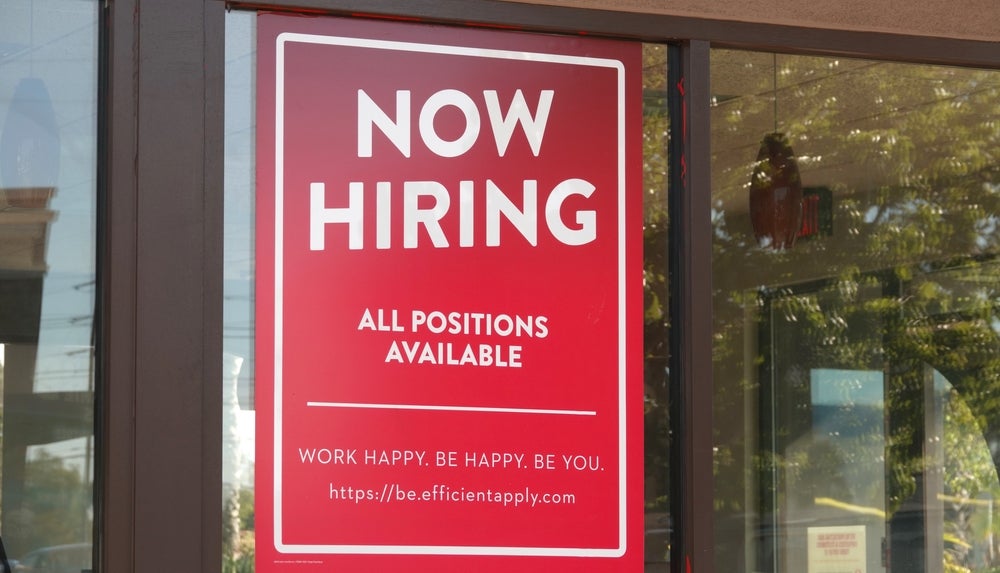In a time when the US unemployment rate hovers at a historic low of 3.6%, the retail industry, along with food services and hospitality, finds itself caught in the grip of an unprecedented labour shortage.
The recently released "State of the Hourly Workforce" report by Legion Technologies sheds light on a concerning trend that could reshape the retail landscape.
With more than 62% of hourly employees planning to leave their jobs within the next 12 months, retailers are bracing for a mass exodus that poses significant challenges to their operations and bottom line.
The hourly employee exodus: a looming crisis
The first alarming revelation from the Legion Technologies report is the high attrition rate among hourly employees. While it's not a new problem, the scale of the impending exodus is unprecedented.
Many retail employers are facing the daunting task of replacing their entire staff within a single year. What's even more concerning is that 64% of these hourly employees planning to quit intend to leave not only their current jobs but also their current industries.
This shift in job preferences signals that millions of workers find these roles increasingly undesirable, potentially leaving retailers struggling to maintain their workforce.
Turning to younger workers: a double-edged sword
Faced with this ongoing labour shortage, retailers are looking to younger workers to bridge the gap.
However, this strategy comes with its own set of challenges. Hiring younger employees means dealing with stringent minor labour laws, which can be complex and vary from state to state.
Additionally, this new generation of workers often has different priorities, including a strong focus on work-life balance, technology integration and social responsibility.
To attract and retain younger talent, retailers will need to adapt their recruitment and management strategies to align with these evolving expectations.
The shift in power: hourly employees take the helm
Perhaps the most significant implication of the labour shortage is the shift in power dynamics. With fewer workers available, hourly employees find themselves in a position of increased bargaining power.
Retailers are now grappling with the need to offer competitive wages, better benefits and improved working conditions to attract and retain talent.
This shift has a profound impact on how retail businesses operate, as they must invest in employee-centric practices to remain competitive and ensure their long-term sustainability.
The full report provides valuable insights and recommendations, making it essential reading for anyone vested in the future of the retail industry. You can access the complete report here.









